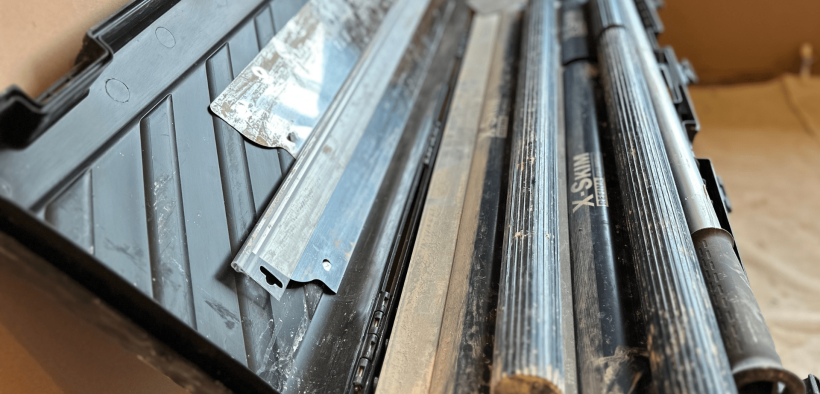Minimising the risk of damp-related problems starts with proactive measures. Conducting a thorough moisture assessment before plastering ensures that underlying issues are identified early. Using breathable materials where possible allows natural moisture evaporation, reducing the risk of trapped damp.
Proper curing and drying times are essential to prevent moisture from being sealed within walls. Where necessary, incorporating damp-proof membranes and barriers in susceptible areas provides added protection. Educating clients on maintaining good ventilation and humidity control also helps prevent future condensation build-up.
Damp issues pose a significant challenge for plasterers, but with the right approach, long-lasting, high-quality finishes can still be achieved. Understanding the causes of moisture problems and applying effective solutions ensures that plastered surfaces remain durable and resistant to damp. By implementing best practices and using appropriate damp-proofing products, plasterers can confidently tackle moisture-related challenges and provide clients with reliable, professional results.

